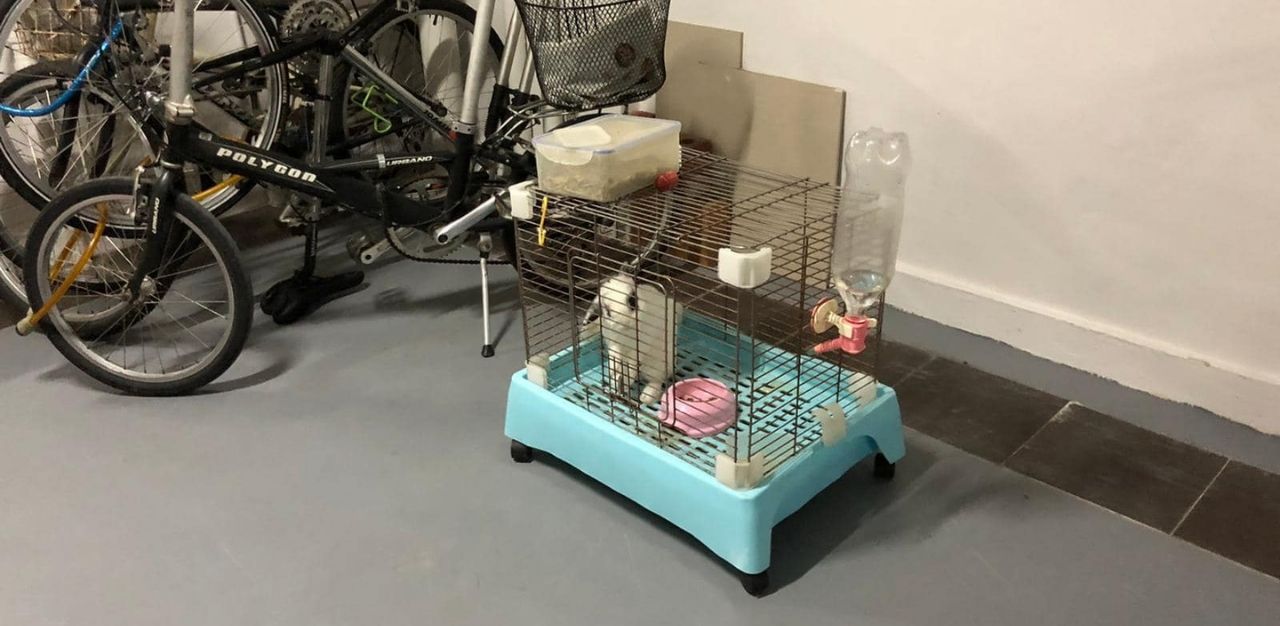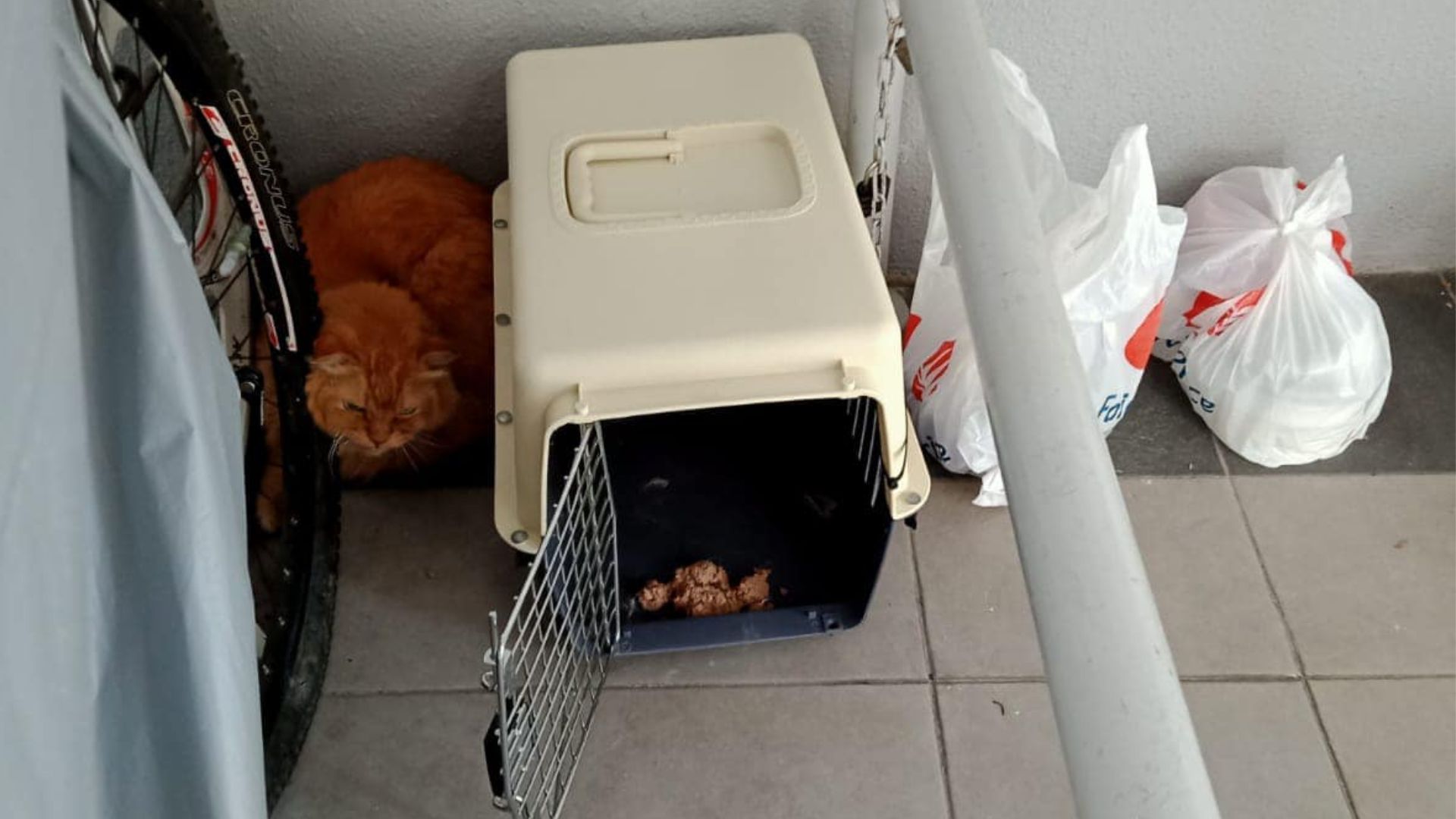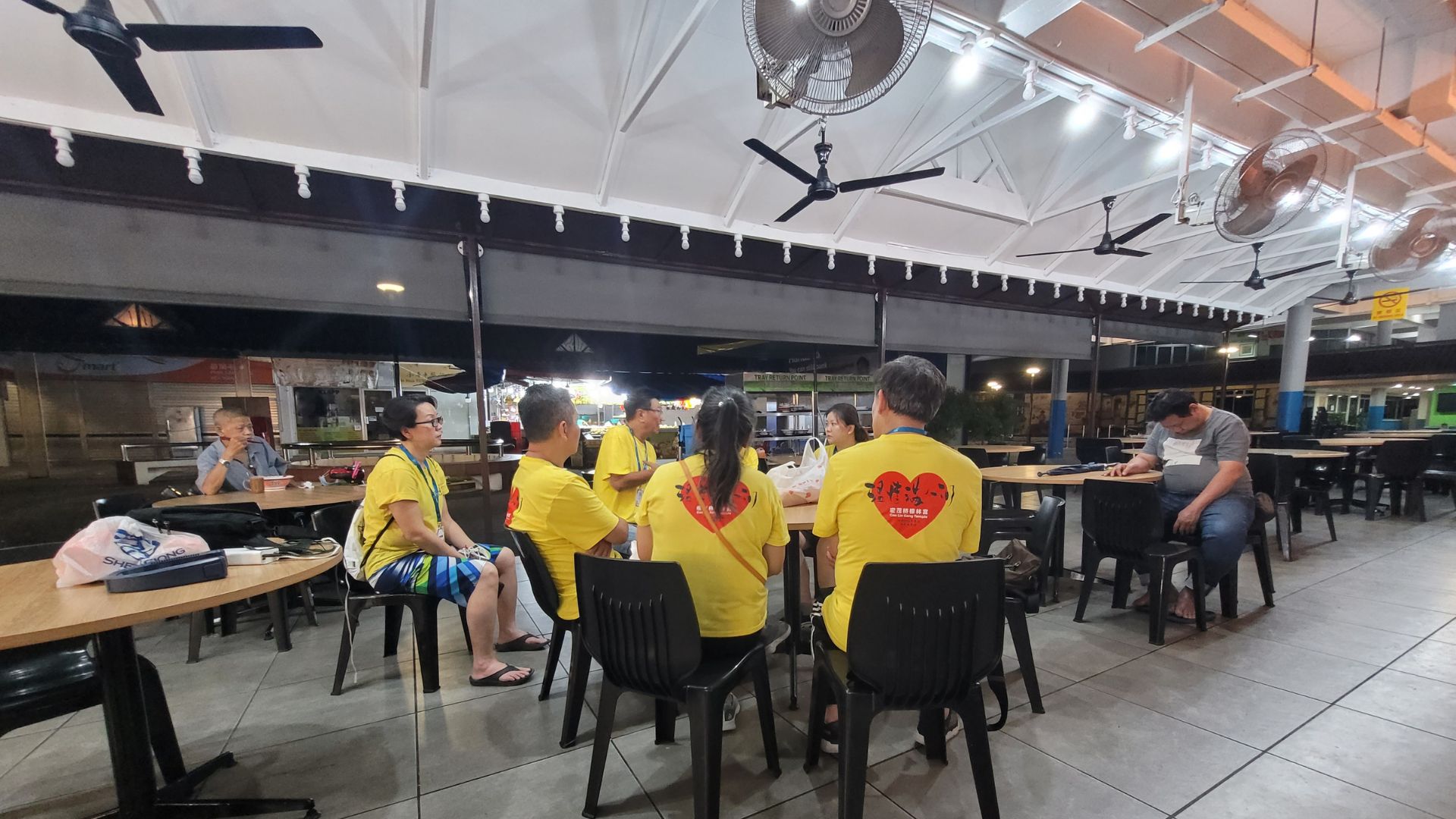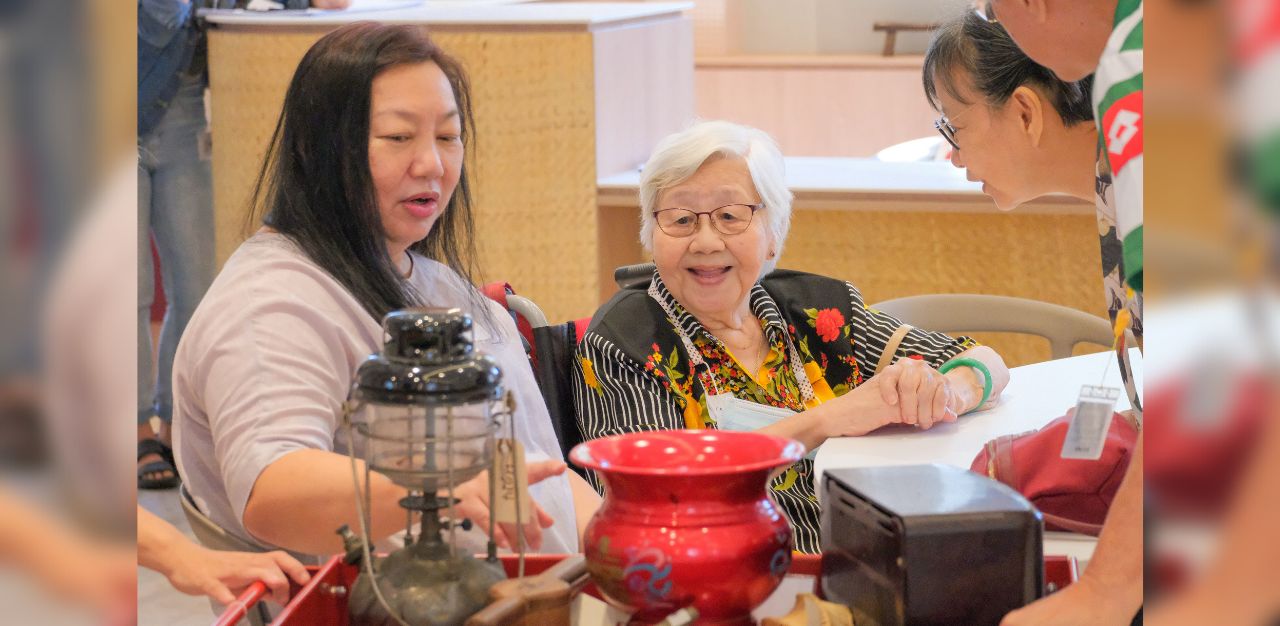Easy to take care of, requires little to no maintenance, and great starter pets for children and first-time pet owners – these are all reasons why prospective owners look to small animals as pets, according to staff from three different small animal shelters.
“They [rabbits] are domesticated and quite small, and as a result, owners think that they are easy to take care of,” says Lynne Tan, Co-founder of private rabbit rescue organisation Bunny Wonderland.
Similar refrains were echoed by fellow volunteers in rescue organisations dedicated to hamsters and guinea pigs, even though these perceptions cannot be further from the truth.
Hamsters, for example, are often purchased on impulse, or even as a surprise gift for friends and family members, says Channon Tan, Social Lead for Hamster Society Singapore (HSS). But when individuals do not do the proper research before purchasing or receiving a hamster, they often “get overwhelmed with the amount of time and effort that goes into hamster care.”
Without the proper knowledge and preparation before purchasing a pet, what usually happens afterwards is the neglect, abandonment, or surrender of these pets to animal rescue shelters. Since 2018, Ms Lynne says that they have consistently taken in over a hundred rabbits annually. In fact, the numbers are constrained only by the organisation’s limitations in caring for additional surrenders, which they often have to turn away.
She muses: “If I had a box where people can come and drop off rabbits just because they don’t want them, I’m sure I’ll have more than 100.”
Likewise, Felicia Tan, the Founder of Guinea Pig Rescue Singapore (GPRS), estimates that they have taken in more than 160 surrenders, and have rescued about five guinea pigs since their inception in February 2020.
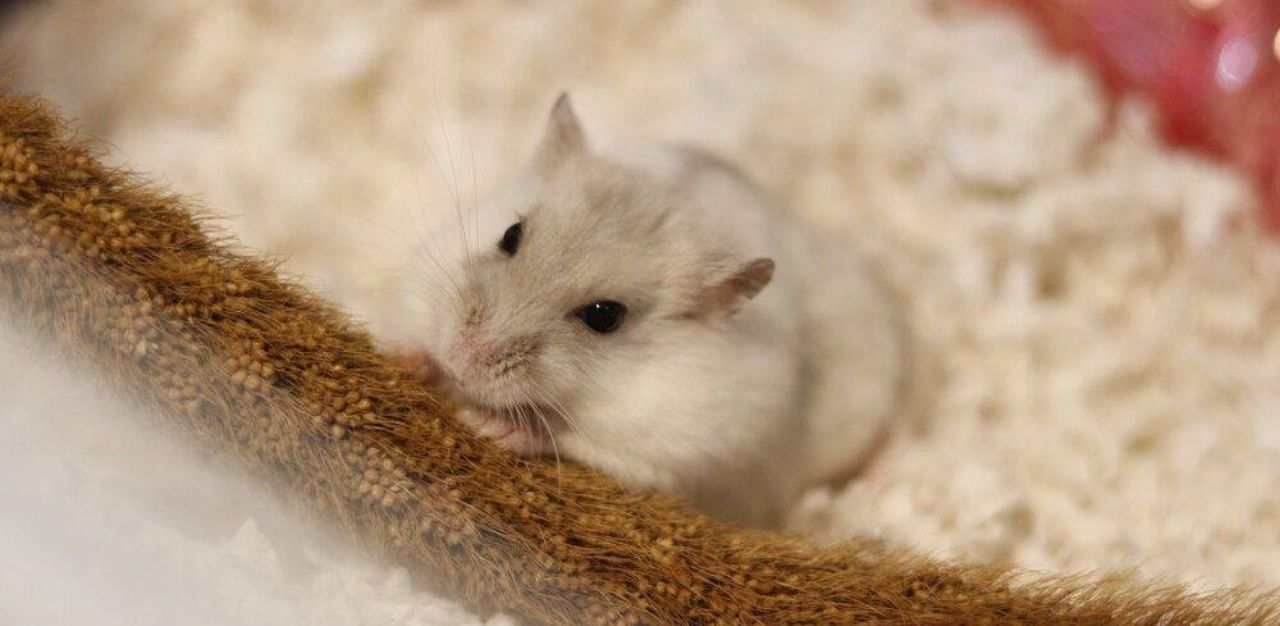
The numbers increase as the size of the animal shrinks; Ms Channon of HSS reveals that they have taken in over 600 hamsters since the start of 2020, a sharp spike from 2019, where HSS accepted between 150 and 200 hamsters.
Ms Channon attributes this to the pandemic: “Many people who were working from home last year opted to get pets to accompany them at home. With the phasing out of work from home… owners have less time to care for their pet(s), and are also realising the amount of work that goes into pet care.”
She adds: “Hamsters are particularly at risk, as they are cheap to obtain and often thought to be easy and cheap to care for.”
Based on enquiries made by TheHomeGround Asia to various pet stores in Singapore, as well as indicative prices on the websites of pet stores, a dwarf hamster goes for as low as S$20 (US$15), to upwards of S$50. Meanwhile, Syrian hamsters are sold for approximately S$50 to S$100.
The suffering of small animals
Behind the vast numbers of abandoned and surrendered small pets, are little lives who have become the victims of neglect, with some being found in appalling conditions.
Most recently, over the course of a weekend (9 to 11 July), HSS rescued several hamsters abandoned at bus stops, all of which were suffering from skin infections. This is only the tip of the iceberg, and by no means an isolated incident.
Says Ms Channon: “Most abandonment cases are found at void decks or near dustbins/bin centres. Condition-wise, they are often found in a very tragic state.”
She elaborates: “We’ve rescued hamsters with necrotic tissues and tumours, to hamsters suffering from wounds, due to being in a small, enclosed space with multiple hamsters. It is quite rare that we rescue hamsters in perfect conditions.”
In fact, a look at HSS’ Instagram Highlights reveals a spate of abandonment cases, where hamsters have been deserted in cardboard boxes with no food or water, small cages, or even let loose in the wild.
Other small pets do not have it much better. Ms Lynne shares: “We see [abandoned rabbits] everywhere. HDB void decks, community gardens, all the parks.”
There are some owners who bring unwell rabbits to the vet, she adds. But, when they are unable to afford the fees, ask for the rabbits to be euthanised. If the vet decides that the rabbit should not be put down, animal rescues will then be called in to take them instead.
Common corridors along HDB flats are another prominent location for rabbit rescues, adds Ms Lynne.
“People keep all sorts of things in the corridor, including pets,” she says.
When delivery personnel or passers-by notice these rabbits, who should not be kept outdoors, they call up animal rescue groups. In such cases, Bunny Wonderland would approach owners to educate them on the dangers of keeping rabbits outdoors, which include pets being stolen, or owners potentially overlooking illnesses, since the animals are not in close proximity.
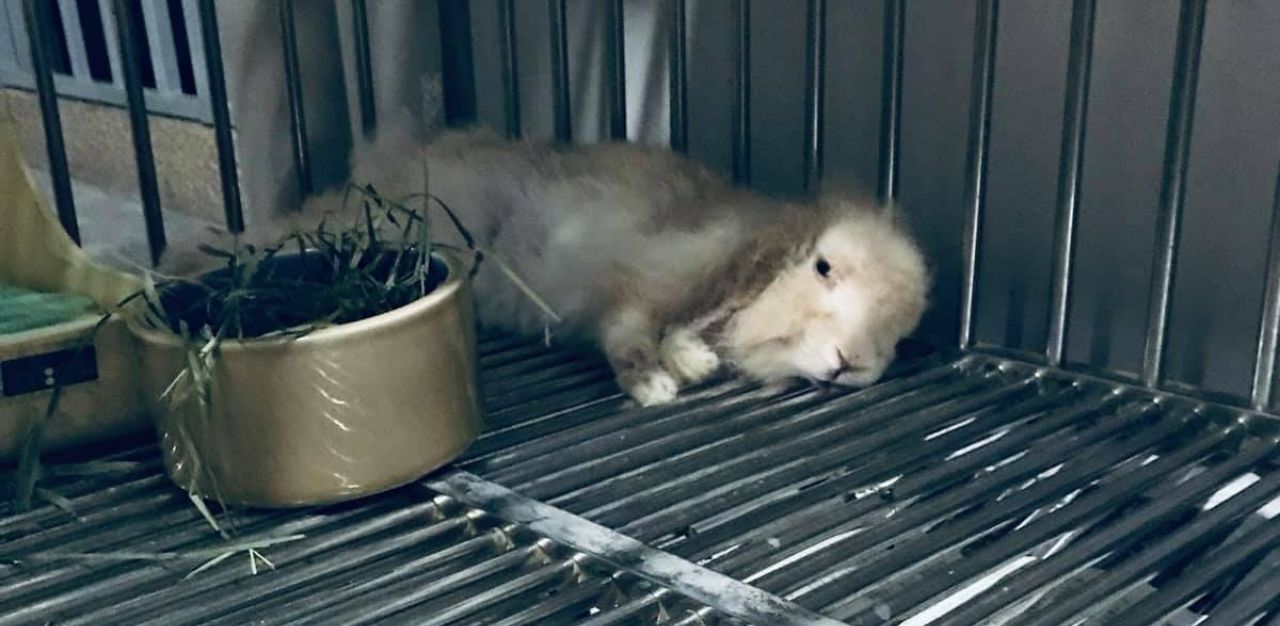
“We try to talk to them to move them inside the home,” she explains. “But I would say 90 per cent of them don’t. In fact, more than half of them will tell us to take away the animal, because they don’t want them.”
But unlike dogs or cats, Ms Lynne adds, small animals, such as rabbits, often do not vocalise or display outward signs of discomfort or pain.
She provides an example of a rescue that passed away in the past week; she had been kept for eight years in a cage along the common corridor of a HDB flat. Neglected since she was a kit, the rescuers found her in a cage with a bowl of mouldy food and water.
Upon taking her in and performing a health check, they learned that she had a cancerous tumour, and opted to have it removed. While it pulled through the surgery well, the rabbit later died.
When they discovered the cause of death, it was heartbreaking, says Ms Lynne.
“The reason she passed was because she was eating too fast and jumping too much. It caused her stomach to bloat massively, and her intestines were twisted,” she shares.
According to the vet, it was likely that the rabbit had developed food aggression due to how poorly fed she was in the past, leading her to eat in disproportionately large amounts when provided with a proper diet. Additionally, having a sudden increase in space to roam around could have led to the rabbit jumping around too much on a full stomach, leading to twisted intestines.
“It’s good news [that she was happy], but unfortunately, it caused this condition and that’s how she passed away. It just becomes heartbreaking. I’m giving you all the best things in life, but you’re taken away because of it,” Ms Lynne laments.
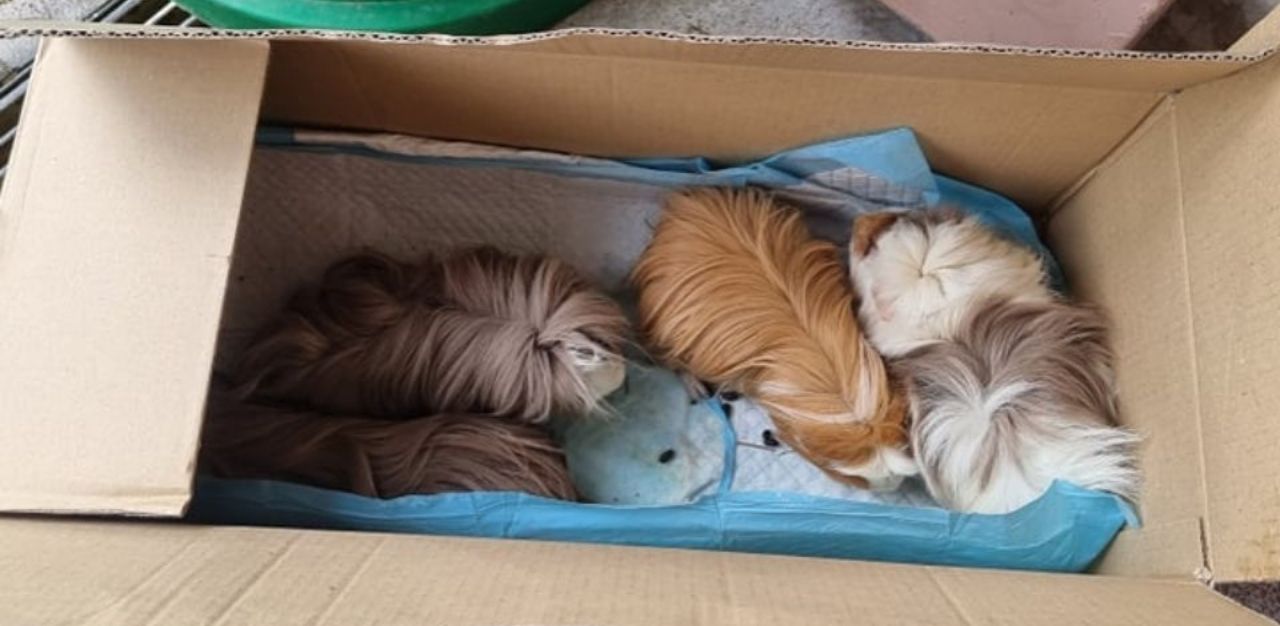
Guinea pigs, too, bear the brunt of human neglect.
Ms Felicia shares the story of Warrior, a guinea pig rescued in 2020. He had been abandoned at a lift lobby late at night, with paws blackened by burns, and had eventually succumbed to his injuries after a couple of surgeries.
In order to the break the cycle of animal neglect, surrenders and abandonment, the main driver must be education, emphasises Ms Lynne.
Tackling misconceptions of small animal husbandry
“There will always be misunderstandings [about animal care],” says Ms Lynne. “The main solution is to improve what people understand about them.”
A common thread across all three small animals is that they are often perceived as “starter pets” that are great for kids, and low maintenance.
In reality, these animals are prey animals that are often skittish and easily frightened, making them unsuitable for children.
For instance, Ms Lynne highlights that a full-grown rabbit would likely require an adult to handle, as a child’s arms are too small to hold the rabbit properly.
Meanwhile, untamed hamsters can be aggressive and will bite if they are scared or stressed out. They are also crepuscular animals that are most active at night, when children are asleep, and thus, should only be handled during their waking hours, clarifies Ms Channon.
“[This] usually results in children losing interest in their pet hamsters, leading to either abandonment or surrenders, as their parents do not want to continue looking after them,” she adds.
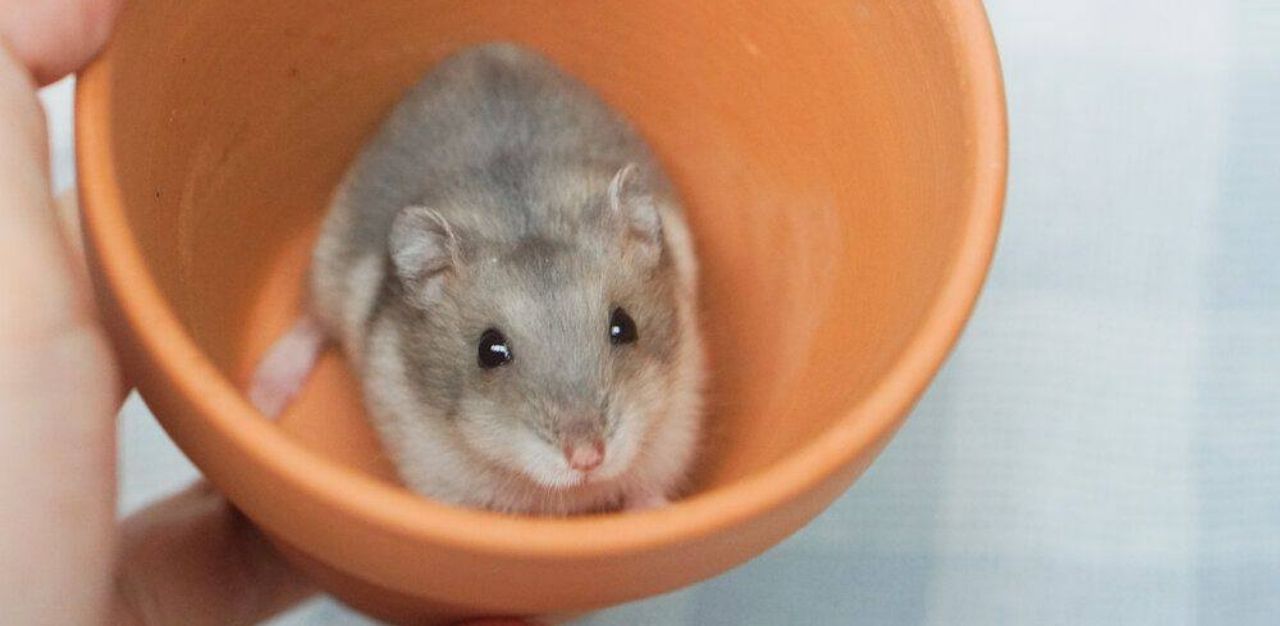
Despite their small size, these animals also require a significant amount of space due to their active nature. A single rabbit requires the minimum of a one metre by one metre playpen, and a tiny dwarf hamster will need an enclosure size of at least 40cm by 70cm. And since guinea pigs are social animals, they should be kept in groups, or at least in pairs (single-sex, unless the boars have been neutered, and/or the sows are spayed), with a correspondingly large space to accommodate them.
Other misconceptions abound across all three animals in all facets of care, including diet, bedding, and handling. Ms Lynne acknowledges that oftentimes, poor care and neglect of animals stem not from ill-intention, but ignorance. Still, underscores Ms Channon, “The onus is on the owner to read up on proper pet care before deciding that they want to be a pet owner.”
Besides pet owners, Mses Lynne, Channon, and Felicia also encourage pet retailers to be more proactive in educating prospective owners in proper pet care before they sell the animals.
The need for better education at point of purchase
Under licence conditions for the sale and display of small mammals, pet shops must evaluate whether their customers are suitable to be pet owners. Prior to the sale, the buyer and retailer have to complete the Animal & Veterinary Service Pet Purchase Declaration form (only applicable to rabbits for now). The pre-sale screening process involves filling in a checklist to indicate that both parties have done their due diligence in informing and learning about the proper pet care required.
But the problem is that the information shared by pet shops may be inaccurate to begin with, says Ms Lynne.
In anonymous enquiries that TheHomeGround Asia made to four pet stores around Singapore selling hamsters, cage sizes recommended for a dwarf hamster ranged from 30cm to 60cm in length, as opposed to the 70cm that HSS recommends. Some also indicate that hamsters are good beginner animals for children to care for.
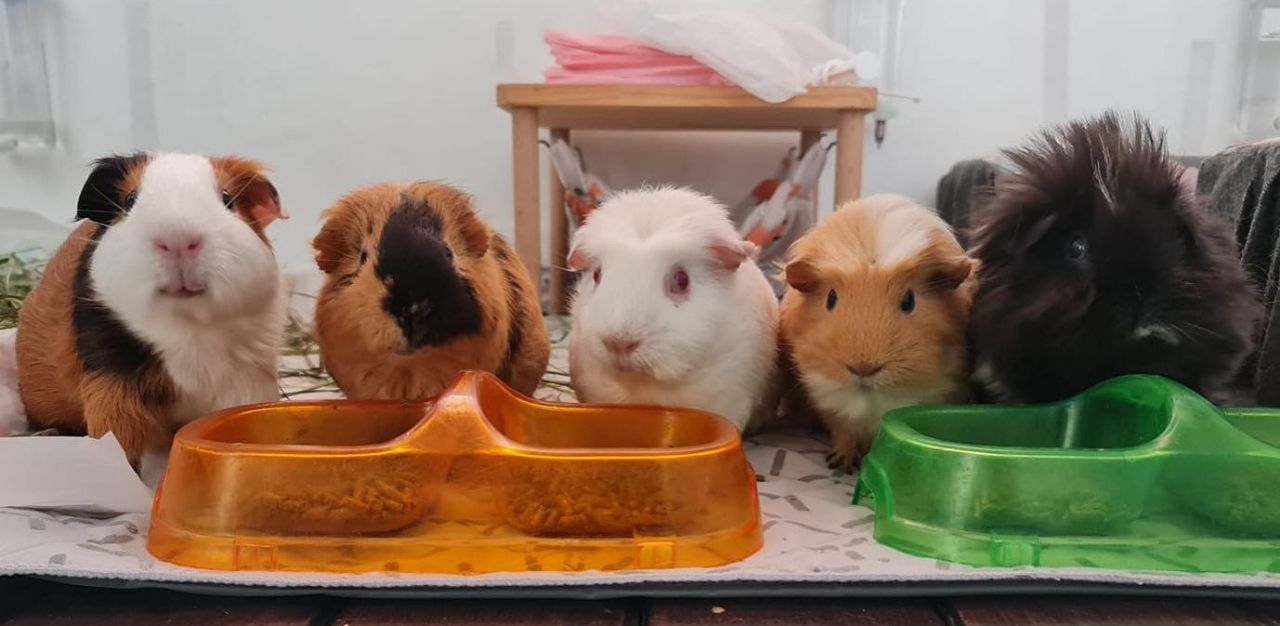
Out of the three pet stores TheHomeGround Asia called, two suggest that guinea pigs could thrive even when kept on their own, with only one retail assistant pointing out that guinea pigs are social animals, and that they must be housed minimally in pairs, as much as possible.
Health issues, due to poor breeding practices, are also a concern, says Ms Channon. Elaborating, Ms Lynne says: “The fact that they breed in masses creates issues. We’ve seen rabbits that pass away within six to eight weeks because of health issues [from birth].”
Ms Felicia adds that breeding guinea pigs seen as “better-looking” to the masses, such as those with flatter faces, can make them more prone to health issues later in life, such as respiratory infections, or dental problems.
Ultimately, the three small pet rescuers continue to make the call for: “Adopt, don’t shop.”
Still, Ms Lynne acknowledges that they are unable to dictate how people choose to spend their money, and admits that they are not completely against people buying from pet shops.
But, she says: “If they go and buy, we would like [them] to be more aware on how to make that decision, and how to take better care [of the pet].”
Besides, she says that the public should not have to depend on organisations like hers to rescue abandoned small pets. “I would rather not rescue, to be honest,” she rues. “If every rabbit is loved and treasured, then we won’t have a job, which will be the best day ever.”
Join the conversations on TheHomeGround Asia’s Facebook and Instagram, and get the latest updates via Telegram.
